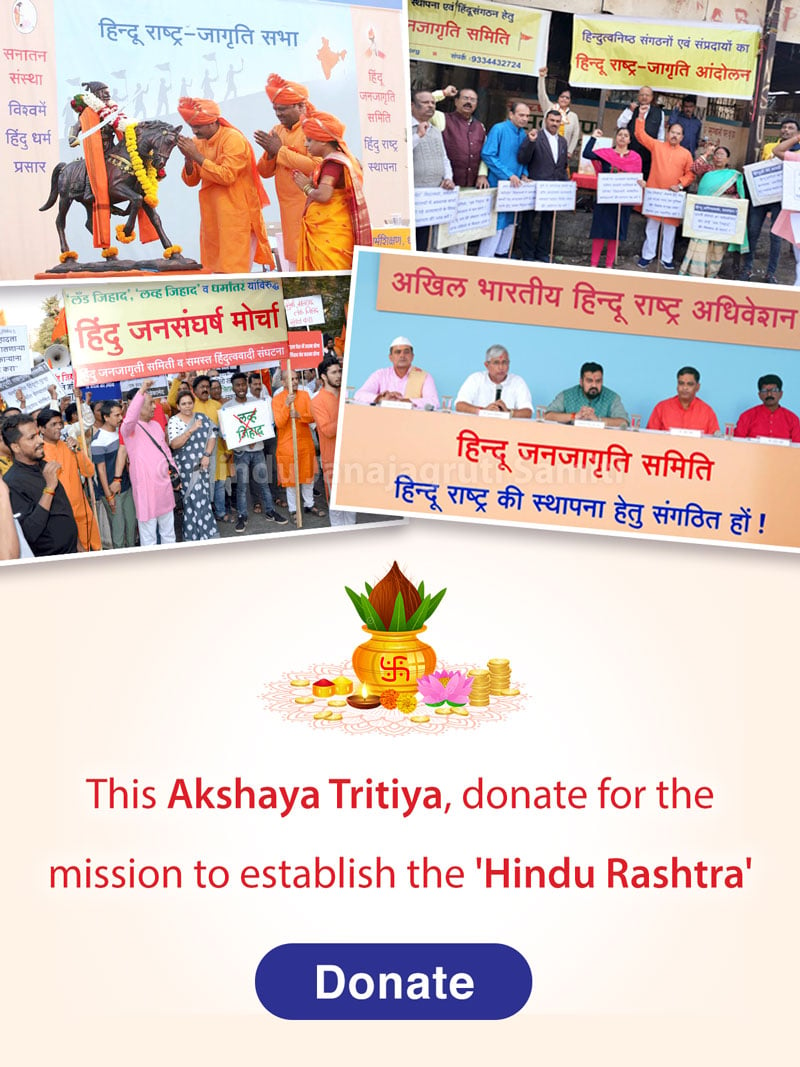By Niranjan Ojha
Introduction
Nepal was known for its cultural and religious Syncretism while it held the identity of a Hindu Kingdom until 2006. Post 2006 national integrity, stability, peace and harmony were compromised under the guise of modernization, socialization, social inclusion and advancement. Western influences have started the process of micro-management (read interfering) in the name of Federalism, secularism and republicanism in Nepal to westernise the eastern society. This is destroying the centuries old foundation of the society which was formed under the eastern school of thought. All this is turning Nepal into another Afghanistan, just so that the two Asian giants (India and China) can be influenced by the western forces.
The ugly West-Communist nexus in Nepal
Post 1950, Nepal opened up to the western world. The western meddling in Nepal’s affairs started off with modern education that aimed at destabilising the pillar of eastern school of thought. Since the the 90s foreign funded NGO’s and INGO’s weakened nationalism, national integrity, peace and harmony in Nepal. This is apparent in the shift in Nepal’s foreign Policy, which underwent a massive change from a ‘non aligned, peaceful neutral zone’ to a ‘pro-west foreign policy’. The Nepali leaders, especially the Communist leaders, fostered an anti-Indian sentiment to welcome western world. Political micro-management took birth in Nepal. Western influence is perpetuated in the name of human rights, social discrimination, linguistic issues and issue of identity; even by the Communist party, which by principle does not endorse linguistic or cultural identity.
In the last decade, Nepal has become a playground for international actors because of weak government and weak national security. Thanks to western media, Nepali nationalists blame India for this, but actually it happened because of the Nepali political parties and their pro-west leadership.
Modi, and a paradigm shift in Indo-Nepal relations
Since 1947, Indian relations with Nepal (and its other neighbours) have been dictated by the Nehruvian doctrine. India sought to review its foreign policy after the Modi government was sworn in. The Modi formula for India’s neighbours is simple; peace, stability and goodwill with the neighbours in South Asia. Despite active internal and external attempts to sabotage this shift in foreign policy, Modi is trying to bring stability to South Asia.
This brings us to Madhesi issue, the question of the so called blockade by India and who is perpetuating this myth.
The Madhesi issue
Before the promulgation of Nepal’s new constitution the Nepali leaders from major Political parties visited India about the Madhesi issue. (It is said that Former P.M. of Nepal Puspa Kamal Dahal of CPN UMaoist, Sher Bahadur Deuba of Nepali Congress, the then Vice President of UML and present President of Nepal Vidya Devi Bhandari, visited India and addressed India’s concerns about the Madhesi issue). However, the promises were relegated to the back benches. Even when Indian special envoy foreign secretary S. Jaya Shanker visited Nepal and reminded Nepali leaders commitment and their role in Madhesh movement, Nepali leaders’ response was muted, due to their need to please the western interests.
Crux of the matter
During the promulgation of new constitution, 97% people voted in favour of Nepal being declared a Hindu Rastra. However both the security concerns of the neighbours and the peoples verdict was neglected and the new constitution was formed. The Madhesi Parties, who are less in number in the Nepali Constituent Assembly but represents 51% of total population, boycotted the CA for broader national consensus. This boycott, in democracy means a lot, but the major political parties of Nepal ignored it, citing the lack of numbers in the CA.
Who is responsible for the blockade ?
Madhesi Leaders, who are crying for national consensus, have concentrated their movement on the Indo-Nepal border. Because of Madhesh agitation regular supply of commodities became disturbed in Nepal and normal life suffered. To divert the Madhesh issue the present Nepali Leaders tried to play the China card promoting anti-India feeling and Nepali nationalism. When they became unsuccessful again they diverted it saying that India has enforced an economic blockade (similar to one which Nepal experienced during 1990 movement).
However the Madhesis are claiming that this blockade and border issues are because of them but the government and west funded media are choosing to blame India. But who or what is driving these malicious rumours?
Vatican’s mission 2030
The Church has a plan to raise the crucifix over Nepal by the year 2030. This seems possible when one considers the considerable influence the Church wields through the medium of eduction and aid. Mass conversions are fuelling the Church’s dream. Natural calamities in Nepal are but another opportunity for the Church to convert Nepalis. The movement will only gain momentum IF there is instability in the region. As Dr. Janardan Subedi (Professor of Sociology at Miami University) opines, ‘China will become a Buddhist country by 2025; likewise India is going to be declared Hindu Rastra by 2025. By the year 2030, 35% of Chinese middle class and 32% of Indian middle class population will have a better life and strong earning than the Europeans’. This will bring a stability to the region which is unprecedented, and will throw a wrench into the Church’s 2030 plans.
Finally, India has started making good-will relations with Nepali Hindu activists and Hindu organizations. About 135 Hindu Organizations of Nepal are working to reinstate Nepal as Hindu rashtra. India and Indian people wholeheartedly support Nepal as Hindu Rastra in view of regional security. If Nepal becomes unstable it affects India and China. This is why the Church promoted western interests are trying to destabilise Nepal and perpetuating the myth of Indian blockade.
What is the resolution?
As Professor Subedi said, ‘If China and India declared Buddhist and Hindu nation, a new cultural coalition will be formed in Asia, which will lead world politics because the both countries will be governed by the eastern school of thought, one which ruled the world in history. A culturally strong south Asia means the west loses their wealth, international dominance and political supremacy. To stop rapid growth of China and India, church promoted western interests, NGOs and INGOs are stoking powerful feelings of regionalism, ethnic feeling, racial, lingual discrimination, to disintegrate the country and to westernise the society. Nepali political parties and their leaders have surrendered before this syndicate.
Westernization of the society and Religious micro-management can be controlled only through religion. Thus the only way to balance religious micro-management and western strategy is to declare Nepal as Hindu kingdom which will be formed according to eastern school of thought.
Conclusion
Nepali stake holders and the neighbouring Country especially the China and India should be aware of ground level Politics and Nepali reality. Nepal is not a single country who is practising religious freedom. History is trying to teach us the bitter truth. We have a history of Christian micro-management before unification. King Prithivi Narayan Shah, founder of Nepal, in his message delivered that Nepal should aware of Firangis (the westerners). Secularism, not only attacks harmonic society, it also affects regional balance and regional security. Failure to ensure regional security and power balance, Nepal will be a playground of the west. Nepal may very well turn into a new Afganisthan.

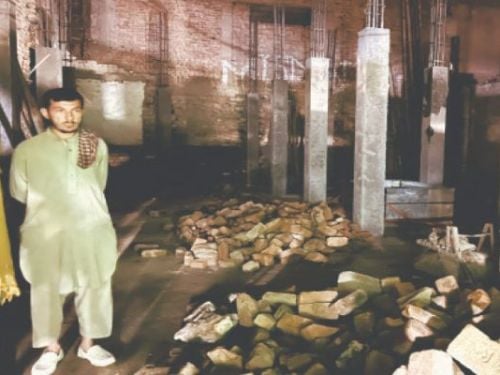 Pakistan: Ancient Hindu temple in Khyber Pakhtunkhwa demolished for commercial complex
Pakistan: Ancient Hindu temple in Khyber Pakhtunkhwa demolished for commercial complex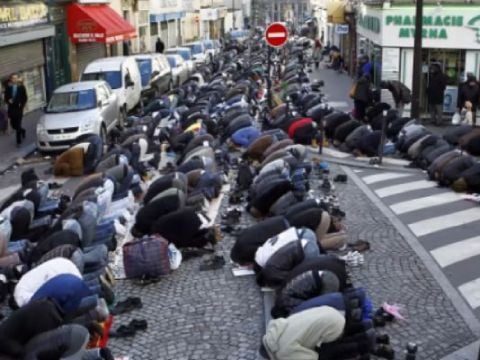 Rampant violence rocks schools in France during Ramzan
Rampant violence rocks schools in France during Ramzan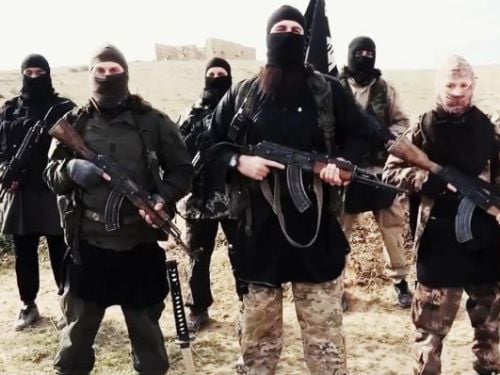 2 ISIS terrorists arrested in Germany for sexual abuse of minor Yazidi children
2 ISIS terrorists arrested in Germany for sexual abuse of minor Yazidi children UK: Over 50 children were sexually abused by paedophile catholic monks for decades
UK: Over 50 children were sexually abused by paedophile catholic monks for decades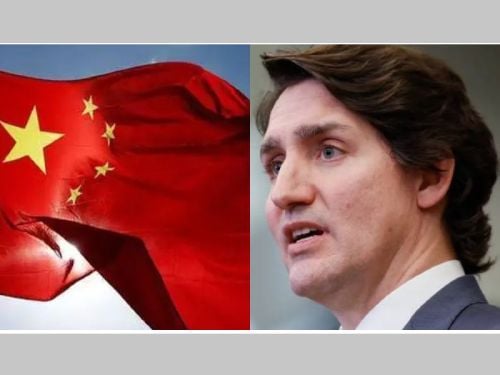 China, not India, interfered in 2019 and 2021 Canada elections, says Canadian panel
China, not India, interfered in 2019 and 2021 Canada elections, says Canadian panel Ghana: 63-year-old Christian priest’s marriage to a 12-year-old girl sparks outrage
Ghana: 63-year-old Christian priest’s marriage to a 12-year-old girl sparks outrage